Team:Heidelberg/Toolbox/Induction
From 2014.igem.org
– Controlling intein splicing
Protein splicing allows for the introduction of major changes to a proteins sequence and structure even after translation. Although this mechanism alone offers a huge amount of possible applications, it is of advantage to have control over the time and location of the splicing reaction especially for in vivo applications.
To gain this control there are several approaches:
- For in vitro reactions this is quite easy: Just mix your samples to protein splicing. If it needs to be more elaborate, many inteins exist that can be controlled by the pH-value or the redox-state of their environment.
- For in vivo intein splicing induction becomes rather difficult. Some inteins have been found that can be activiated or inhi bited through the binding of different ligands, in addition there have been attempts to engineer inducible inteins by creating a fusion protein of an intein bound to certain protein domains.
- The non-plus ultra of control for in vivo applications is light induction, as it offers very precise temporal and spatial containment of a reaction. Attempts have been made to engineer light inducible split intein pairs using photoinduced complementation systems such as PhyB/PIF3, this method however only allows for light induction of inteins with low affinity and therefore low splicing activity.
To solve this problem we came up with set of light-inducible intein-systems using the Avena Sativa LOV2 domain. Photocaging a very short C-terminal split intein inside the J-alpha helix of As LOV2 we aimed to control the binding of N- and C-terminal split inteins with blue-light induction.
This system is fully compatible with all our toolbox parts, however we have not yet sent in any LOV-domain parts as we were not able prove their function by wikifreeze. Read more about the As LOV2 and the idea of photocaging under LOV domain. .
 "
"
